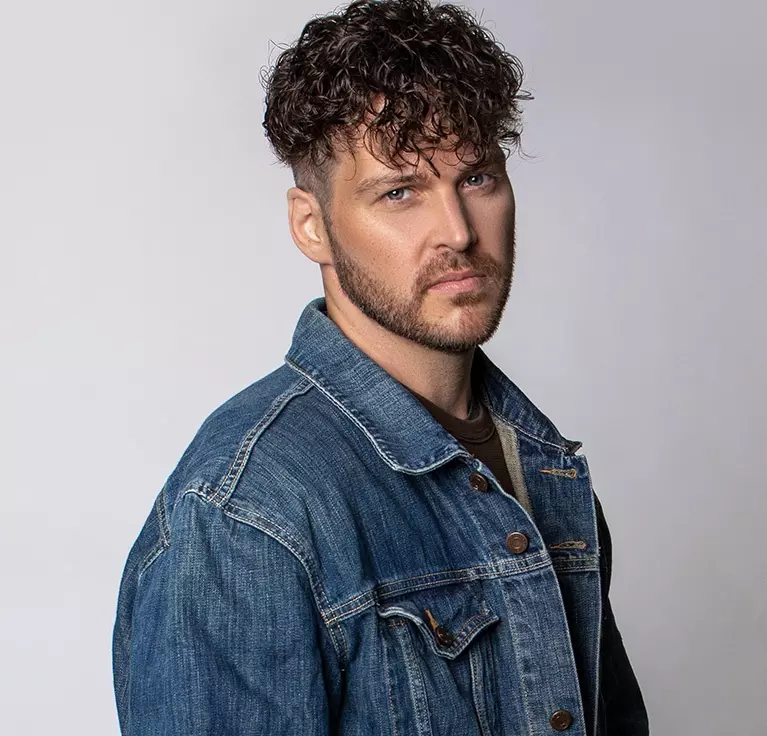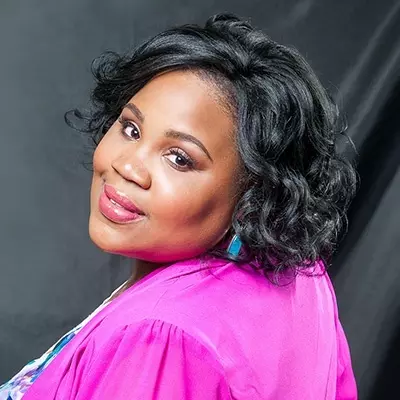One of the most common skin conditions in the world occurs on the scalp. You may have heard of it: this condition is known as dandruff. While most people associate dandruff with a flaking scalp, there's a little more to it than "snowy" shoulders and Head & Shoulders shampoo.
Most people aren't aware that there are actually two forms of dandruff and, depending on the causes and severity, it can lead to clogged hair follicles and stunt the natural growth of your hair. Incredibly, dandruff is often overlooked as a condition despite the fact that it most often stems from eczema and fungal infections.
At Mane Image, healthy hair is our obsession and educating our clients about hair health has become one of our favorite parts of the job. So, let's talk about all things dandruff.
Read on!
What Causes Dandruff?
Dandruff is a scalp condition that leads to the shedding or flaking of skin. This creates the white "flakes" that are commonly associated with dandruff and found on the head, neck, and shoulders. Contrary to popular belief, dandruff is not caused by poor hygiene. In fact, it is the natural result of an excessively dry or oily scalp. Both of these scenarios could be triggered by eczema, fungal infections, genetic predisposition, hormonal changes, or seasonal changes.
The process by which dandruff is created is called skin hyperproliferation. Essentially, your scalp's cell renewal cycle shortens, causing lots of dead skin to shed all at once and stick together in large clumps or flakes. Other symptoms can include itching, redness, and - in severe cases - thinning hair.
As we mentioned, there are two forms of dandruff: dry dandruff and oily dandruff. Let's examine the fundamental differences between the two.
Dry Dandruff
Dry dandruff results in the stereotypical white, dry flaking that most people associate with the condition. These dry white flakes fall from the scalp and hair, creating patterns that are found on the neck and shoulders. This form of dandruff has a tendency to grow worse during the winter months and is not typically accompanied by an itchy scalp. It is believed that this kind of dandruff may affect up to 50% of the adult population worldwide.
Oily Dandruff
Oily Dandruff is a more severe form of dandruff that is also known as Seborrheic Dermatitis. This scalp condition is often accompanied by redness and itching along with oily skin patches around the ears. Oily dandruff is characterized by large, yellowish scales that do not flake as easily as dry dandruff. This often results in clogged follicles since greasy dandruff collects on the scalp.
Treatment
Both forms of dandruff are treatable though there is no definitive cure. Dandruff comes and goes, but paying careful attention to scalp and skin health can go a long way to improving the condition. There are specially formulated shampoos created to combat dandruff and seborrheic dermatitis. Head & Shoulders is perhaps the most well-known, but prescription formulas for oily dandruff are particularly effective at removing flakes of skin and preventing reformation. If you are dealing with dandruff be sure to thoroughly rub your scalp when using these shampoos and allow several minutes of soak time for medicated remedies.
Mane Image Hair is proud to offer hair solutions for everyone. Whether you are dealing with hair loss, dandruff, or greasy hair, our knowledgeable staff can help you find an approach that works for you. There's nothing like a shining, healthy head of hair, and we aim to provide that confidence to all of our clients. Please contact us to schedule a free consultation or to learn more about our salon services.











